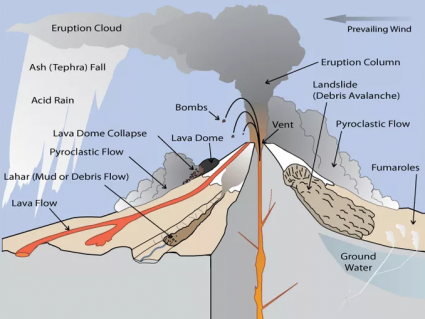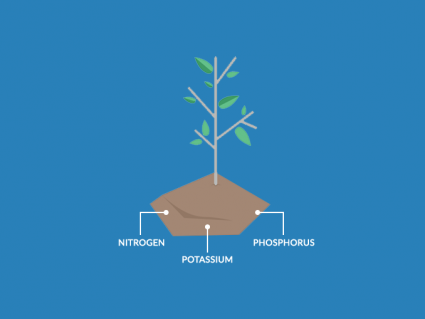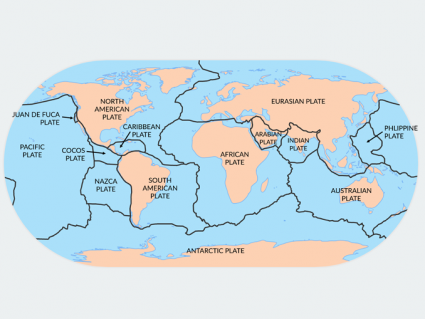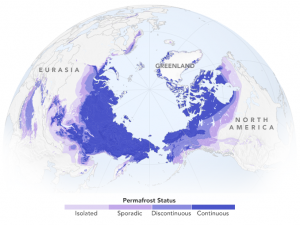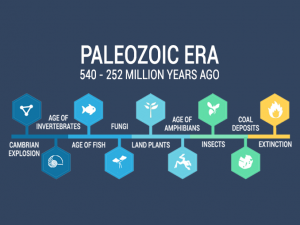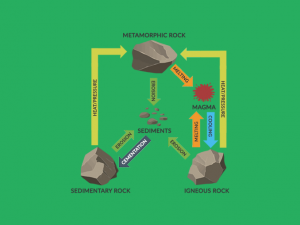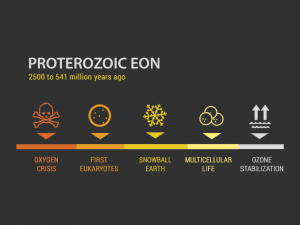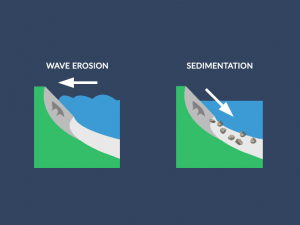Biological Weathering: How Living Things Break Down Rocks

What Is Biological Weathering?
Weathering is the gradual destruction of a rock or other surface caused by environmental conditions, such as wind and water.
But the biological weathering process is caused by living things like lichens and mosses, which grow on rocks and make them brittle.
Biological weathering can occur from both mechanical force and chemical reactions. But the key factor is that it involves any type of living organism in nature.
For example, plants, bacteria, fungi, burrowing animals, human beings, and any part of the taxonomy of life. Here are some examples of biological weathering.
Biological activity weathers rocks mechanically

Mechanical weathering is the breakdown of rocks into sediments through physical means. Unlike chemical weathering, mechanical weathering does not alter the chemical composition of the rock.
One way that trees mechanically weather rocks is through their root systems. These roots serve as an anchor to absorb water. But at the same time, they pry away at soil and rocks beneath the surface
It’s not only plants that cause biological weathering, but burrowing animals can disturb soils and rocks. They can dig and expose rocks to the surface for further mechanical or chemical weathering.
Let’s not forget that humans alter the landscape as well. For example, landslides and falling rocks pick away at rocks in steep built-up areas. Instabilities in terrain caused by humans expose land to further weathering.
Chemical reactions from biological activity break down rocks
Finally, biology also plays an important role in chemical weathering. Small microorganisms produce chemicals that over time weather away at the material.
For example, lichen forms a symbiotic relationship between fungi and algae. The fungi in this relationship release chemicals that accelerate the reaction.
Typically, there are both chemical and physical processes involved. And over time, these processes in tandem can crack and disintegrate rocks.
Another chemical reaction can occur due to the production of acids in plants. These natural acids form solutions that also contribute to the breakdown of rocks.
What is Biological Weathering?
Biological weathering is one of the most important processes that break down rocks. This weathering process is caused by living things like lichens and mosses, which grow on rocks and make them brittle.
These plant-like organisms can be found all around us, for example on rocks in your backyard or on the side of a mountain. You can also find these organisms near water sources because they need moisture to survive.
Or if you have any questions about biological weathering, please let us know with a comment below.


